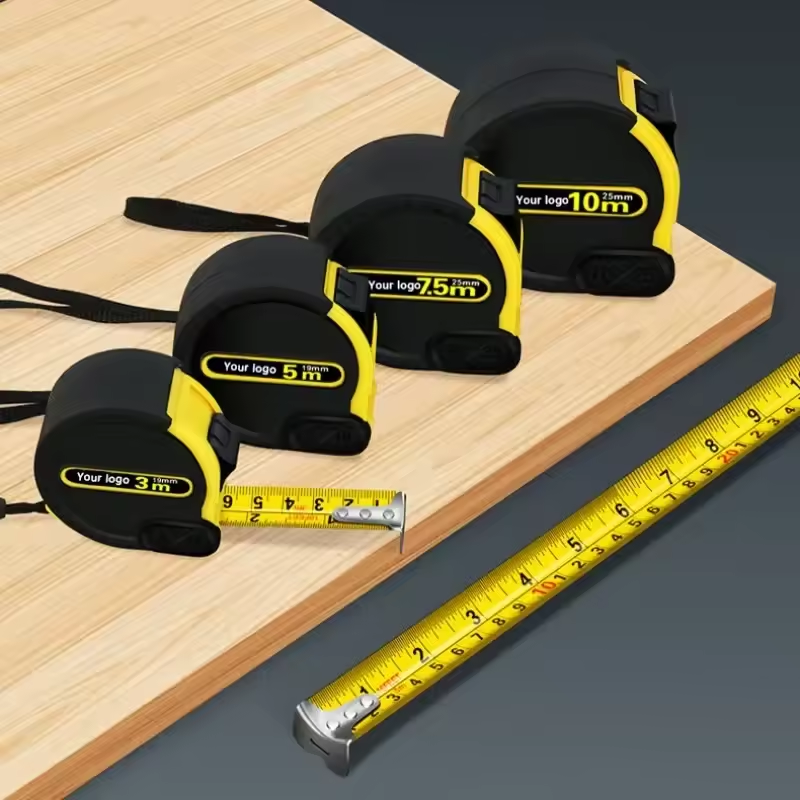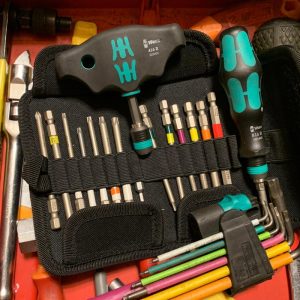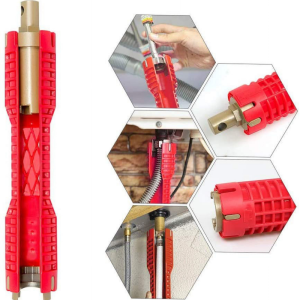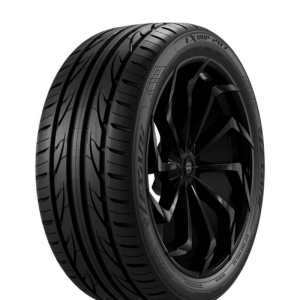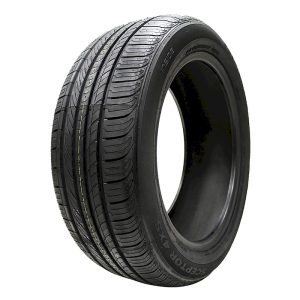
When it comes to vehicle maintenance, one of the most crucial aspects is ensuring your tires are in good condition. Understanding how often tires need to be replaced can save you from potential accidents, improve fuel efficiency, and enhance your overall driving experience. In this guide, we’ll explore the key factors influencing tire replacement, signs that indicate it’s time for new tires, and tips for extending the life of your tires.
Understanding Tire Lifespan
How often do tires need to be replaced? Tires typically have a lifespan of about 6 to 10 years, but this can vary significantly based on several factors. The type of tire, driving habits, road conditions, and maintenance practices all play vital roles in determining when a tire should be replaced.

Factors Influencing Tire Replacement
- Tread Depth
- The tread on your tires provides the necessary grip for safe driving. A minimum tread depth of 2/32 of an inch is legally acceptable, but it’s recommended to replace tires when they reach 4/32 of an inch for better traction.
- Age of Tires
- Even if the tread appears fine, tires can deteriorate with age. Rubber can dry out, leading to cracks and decreased performance. It’s advisable to replace tires every six years, regardless of tread wear, and to follow the manufacturer’s recommendations.
- Driving Conditions
- If you frequently drive on rough terrains, in extreme weather conditions, or on poorly maintained roads, your tires may wear out faster. Regularly inspecting your tires can help you gauge their condition.
- Driving Habits
- Aggressive driving, such as hard braking, rapid acceleration, and taking sharp turns, can accelerate tire wear. Practicing smoother driving habits can extend tire life.
Signs That It’s Time to Replace Your Tires
- Visible Damage
- Look for signs of wear and tear, such as cracks, blisters, or bulges in the sidewalls. These indicate that the tire integrity is compromised and it’s time for a replacement.
- Vibration and Noise
- Unusual vibrations or noise while driving can suggest that your tires are imbalanced or worn unevenly. Have them inspected by a professional.
- Loss of Traction
- If your vehicle struggles to grip the road, especially in wet conditions, your tires may be worn down and need replacing.
- Frequent Tire Pressure Loss
- If you find yourself regularly needing to inflate your tires, this could be a sign of damage or degradation.
Maintaining Your Tires for Longevity
How often do tires need to be replaced? While knowing when to replace your tires is essential, maintaining them can help you maximize their lifespan. Here are some effective tire care tips:

Regular Tire Rotations
Rotating your tires every 5,000 to 7,500 miles helps ensure even tread wear. Different positions on your vehicle may wear tires at varying rates, and regular rotations can promote longevity.
Proper Inflation
Maintaining the correct tire pressure is crucial. Under-inflated tires can wear out faster and decrease fuel efficiency, while over-inflated tires can lead to blowouts. Check your tire pressure monthly, and consult your vehicle’s manual for the recommended PSI.
Wheel Alignment and Balancing
Misalignment can cause uneven tire wear. Regularly having your wheels aligned and balanced can prevent premature tire replacement and improve your driving experience.
Regular Inspections
Check your tires regularly for signs of damage, uneven wear, and proper inflation. Early detection of issues can save you from costly replacements.
Seasonal Changes
If you live in an area with significant seasonal changes, consider switching to winter tires during colder months. Winter tires provide better traction and handling in snow and ice, while summer tires perform best in warmer conditions.
Selecting the Right Tires for Your Vehicle
Choosing the right tires is critical for safety and performance. Here are some considerations when selecting new tires:
Tire Types
- All-Season Tires
- Designed for a variety of conditions, all-season tires offer a balance of performance and durability. They are a versatile choice for mild climates.
- Winter Tires
- If you live in an area with heavy snowfall, winter tires are essential. They feature specialized tread patterns and rubber compounds that enhance grip in cold, icy conditions.
- Performance Tires
- For sports cars or performance vehicles, consider performance tires designed for speed and agility. They provide superior handling but may wear out faster.
- SUV and Truck Tires
- If you drive an SUV or truck, look for tires designed for off-road use if you frequently venture onto rough terrain. These tires are built for durability and traction.
Understanding Tire Specifications
When selecting tires, pay attention to specifications such as width, aspect ratio, and diameter. These factors influence handling, comfort, and performance. Consult your vehicle’s manual for recommended tire specifications.
Budget Considerations
While it may be tempting to opt for cheaper tires, investing in quality tires can enhance safety and performance. Consider reputable brands known for durability and safety ratings.
Environmental Impact of Tires
Proper disposal and recycling of old tires are crucial for minimizing environmental impact. Tires can take hundreds of years to decompose in landfills, so consider recycling options available in your area. Many tire retailers offer recycling programs when you purchase new tires.
Additional Resources for Tire Care
To further enhance your understanding of tire maintenance and replacement, consider exploring additional resources that provide valuable information and guidance:

Educational Videos
There are numerous online platforms offering instructional videos on tire maintenance. These can visually demonstrate how to check tread depth, inflate tires properly, and identify signs of wear. YouTube and manufacturer websites often feature expert advice.
Tire Pressure Monitoring Systems (TPMS)
Modern vehicles often come equipped with a Tire Pressure Monitoring System (TPMS), which alerts you when tire pressure drops below a certain level. Familiarize yourself with how this system works and ensure it’s functioning correctly to help maintain proper tire inflation.
Manufacturer Recommendations
Always consult your vehicle’s owner manual for specific recommendations regarding tire maintenance, replacement intervals, and tire types suited for your car. Manufacturers often provide guidelines tailored to your vehicle’s specifications.
The Importance of Professional Inspections
While DIY maintenance is beneficial, having your tires professionally inspected regularly is equally important. Mechanics can assess tire health in ways that might not be immediately apparent to the average driver, such as checking for internal damage or misalignment.
Finding a Trusted Mechanic
How often do tires need to be replaced? Research local mechanics and tire shops to find a reputable service provider. Online reviews and recommendations from friends and family can guide you in selecting a trusted professional who will provide thorough inspections and quality service.
Tire Warranty Considerations
When purchasing new tires, inquire about warranties. Many tire manufacturers offer warranties covering defects and wear for a specific period. Understanding the terms of these warranties can help you make a more informed purchase and potentially save money in the long run.
Seasonal Tire Considerations
As seasons change, so do driving conditions. Being aware of how these conditions affect tire performance can influence your tire choices and replacement timing.
Transitioning Between Seasons
If you switch between summer and winter tires, consider timing your tire change based on local weather patterns. Typically, winter tires are recommended when temperatures consistently drop below 45°F, while summer tires should be used when temperatures rise.
Storage Tips for Seasonal Tires
When storing off-season tires, ensure they are clean and dry. Store them in a cool, dark place, ideally standing upright if they’re mounted on rims, or stacked if not. Proper storage can prolong tire life and maintain performance.
Conclusion
Understanding how often tires need to be replaced is essential for your safety and vehicle performance. Regular maintenance, timely replacements, and proper care can extend the life of your tires and enhance your driving experience. Remember to monitor your tire condition and consult with professionals when in doubt.
